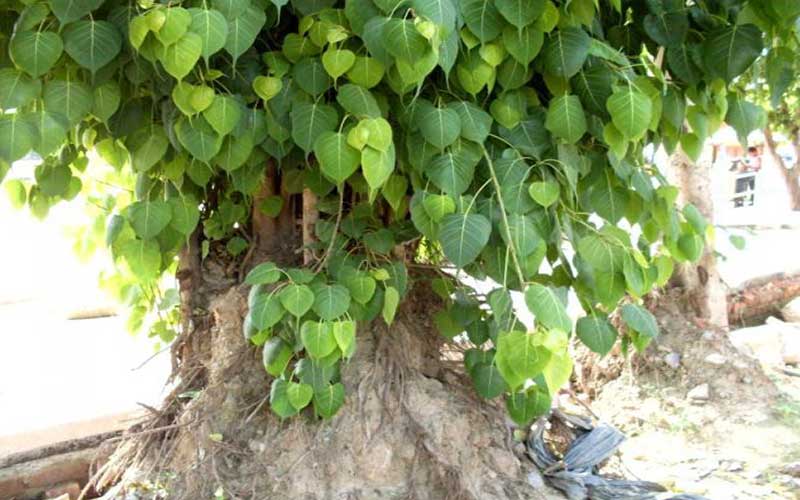Sandalwood – India’s Prized Possession
Sandalwood also known as Chandan refers to the wood from tree species belonging to the family Santalaceae and genus Santalum.
The majority of those who are interested in aromatherapy and essential oils are aware of the distinctive, calming scent of sandalwood.
India once held the top spot in the world for sandalwood production. It generated over 4,000 tonnes of sandalwood in the 1960s. Given the 6,000–7,000 tonnes per year of international demand, this is considerable. However, because of the wood's high price and market demand, smuggling increased significantly. The sandalwood forests were gradually destroyed by theft.
Up until 2000, the only places where sandalwood could be found were in the woods of Kerala, Tamil Nadu, and Karnataka, as well as on state-owned farms. In the rest of the nation, there was no cultivation on private agricultural property. However, in 2001 and 2002, respectively, changes in policy in Karnataka and Tamil Nadu allowed for the cultivation of sandalwood. Others states were inspired by this.
Did you know, native kinds of sandalwood from India and Hawaii were almost completely harvested in the 1800s because of its highly sought-after properties and smell? The greedy Hawaiian kings had such a high demand for sandalwood that many of the agricultural labourers were forced to produce and gather sandalwood exclusively. The people of Hawaii experienced a horrible famine for many years as a result.
Similar hardships were experienced over much of India to supply sandalwood to traders.
Benefits Of Sandalwood
All skin types can benefit from the natural antibacterial and moisturising qualities of sandalwood oil soap, which serves as a cleanser. Vata, Pitta, and Kapha, the three Doshas that make up the body, can all be healed using sandalwood oil.
Sandalwood powder is combined with water to create a fine paste that, when applied, has a cooling effect and can be used to treat a variety of conditions, including sunburn, acne, rashes, fever, blisters, and ulcers. Additionally, sandalwood oil is very helpful in improving fertility and the health of the nervous, muscular, and circulatory systems.
Amazingly, sandalwood oil can treat skin conditions like dry skin, wrinkles, cracking, and flaking. Many professionals advise using sandalwood oil to cure dandruff and other hair issues and to stop hair loss. Sandalwood oil's potent astringent properties cure split ends, reduce excessive sebum production in the scalp, and improve hair shine.
Muscle spasms can be reduced thanks to the relaxing and calming effects of sandalwood oil. By lowering spasms and contractions, sandalwood has been shown in numerous studies to help calm down nerves, muscles, and blood vessels.
In Conclusion
Given that sandalwood is among the most expensive woods in the world and that its oil is used in both cosmetics and medicinal, there is a strong demand for it. Due to its hemi parasitic nature, it can also be challenging to cultivate well. Sandalwood trees are known to self-parasite and cling to other sandalwood trees in order to survive long enough to be regarded useful for oil extraction. Despite this, efforts are still being undertaken to produce sandalwoods in regions like southern India to lessen their dependency on wild sandalwoods.
